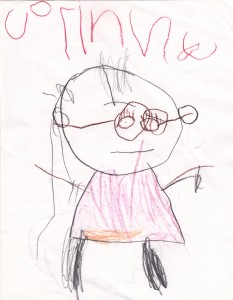Everyone now knows how important it is to limit sun exposure, especially in children. Being exposed to the sun’s rays can lead to skin damage and skin cancer later in life. It’s very important, then, to use sunscreen and to cover up while in the sun, and to limit exposure when possible.
Even so, just about every child will get sunburned at some point, and experience pain, blisters, or worse. When that happens, what should you do?
According to this article from the American Academy of Pediatrics (AAP):
“The signs of sunburn usually appear six to twelve hours after exposure, with the greatest discomfort during the first twenty- four hours. If your child’s burn is just red, warm, and painful, you can treat it yourself. Apply cool compresses to the burned areas or bathe the child in cool water. You also can give acetaminophen to help relieve the pain. (Check the package for appropriate dosage for her age and weight.)
“If the sunburn causes blisters, fever, chills, headache, or a general feeling of illness, call your pediatrician. Severe sunburn must be treated like any other serious burn, and if it’s very extensive, hospitalization sometimes is required. In addition, the blisters can become infected, requiring treatment with antibiotics. Sometimes extensive or severe sunburn also can lead to dehydration and, in some cases, fainting (heatstroke). Such cases need to be examined by your pediatrician or the nearest emergency facility.”
In our office we sometimes get requests for Silvadene (silver sulfadiazine) for sunburn or other burns, but we no longer use that topical medication. There are other products that are better, more effective, and easier to use at home.
Burns of any kind are no fun. Protect your child from the sun when possible. Use the AAP’s advice above when there’s a sunburn, and contact our office if necessary.
© 2016, MBS Writing Services, all rights reserved

